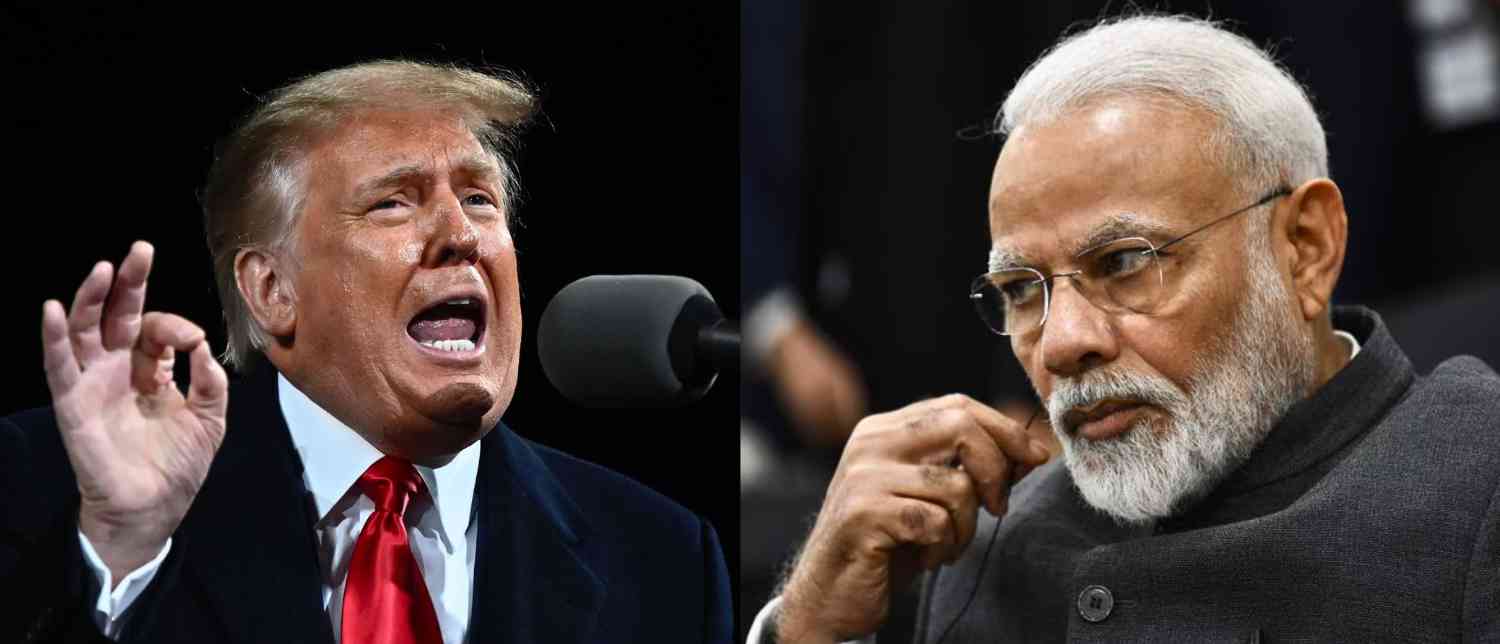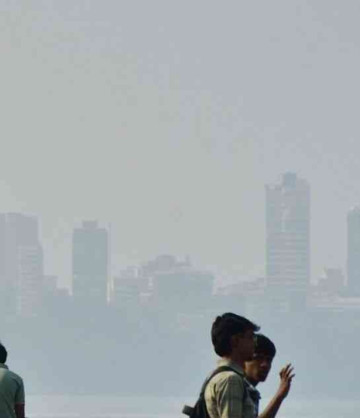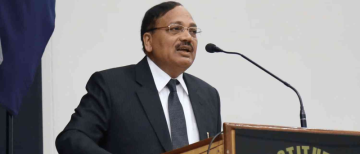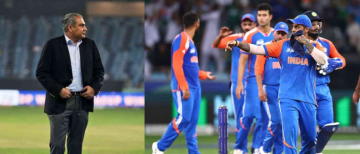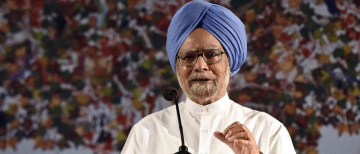Since 2014, India’s international engagement under Prime Minister Narendra Modi has been extensive, with multiple foreign visits aimed at strengthening diplomatic and economic ties worldwide, especially with the United States. However, recent developments in 2025, particularly actions and statements by the U.S. President Donald Trump, have strained the India-US relationship profoundly.
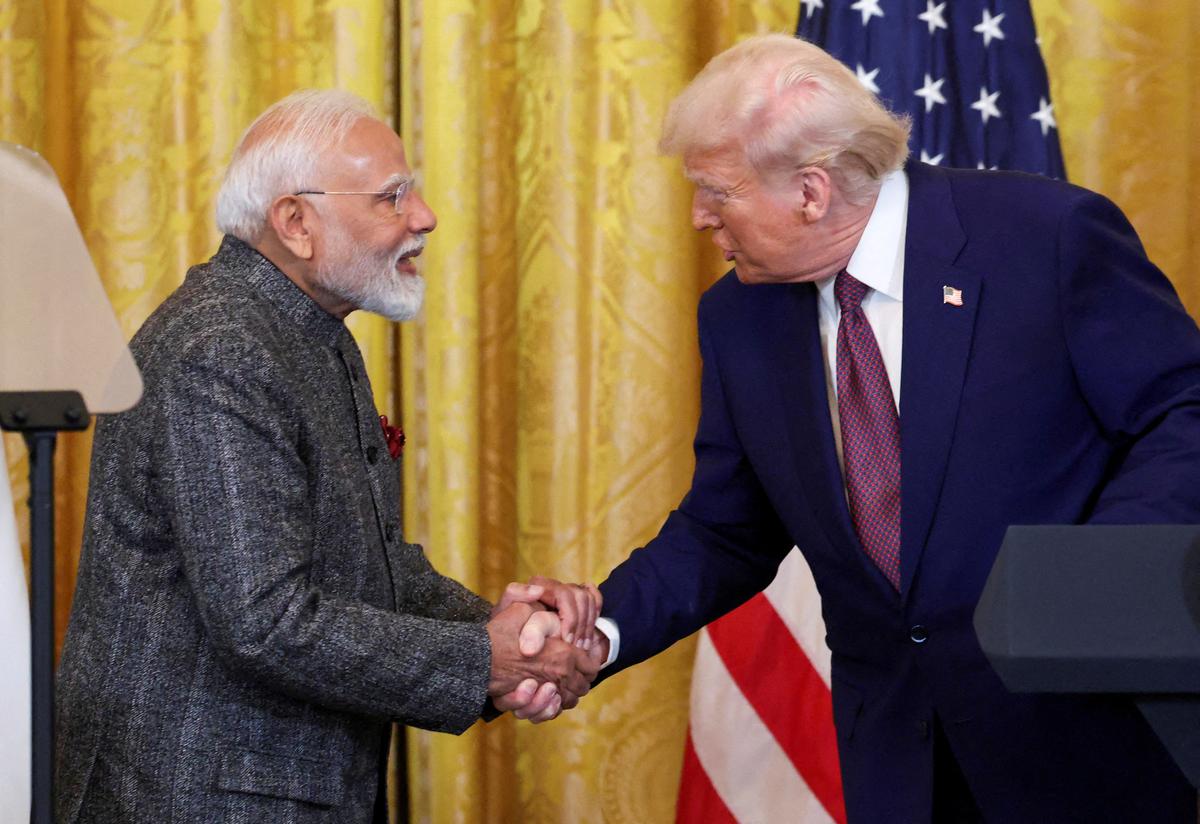
In July 2025, Trump announced the imposition of a 25% tariff on Indian goods entering the United States commencing August 1, 2025, coupled with an unspecified penalty related to India’s continued procurement of Russian military equipment and oil. This tariff was announced despite ongoing negotiations for a bilateral trade agreement between the two nations that had started earlier and was expected to be finalized in late 2025. Trump's move came as a shock, given the strategic and growing economic partnership between India and the U.S., symbolized by initiatives such as the “U.S.-India COMPACT” launched earlier in February 2025 during Prime Minister Modi’s visit to Washington, DC.
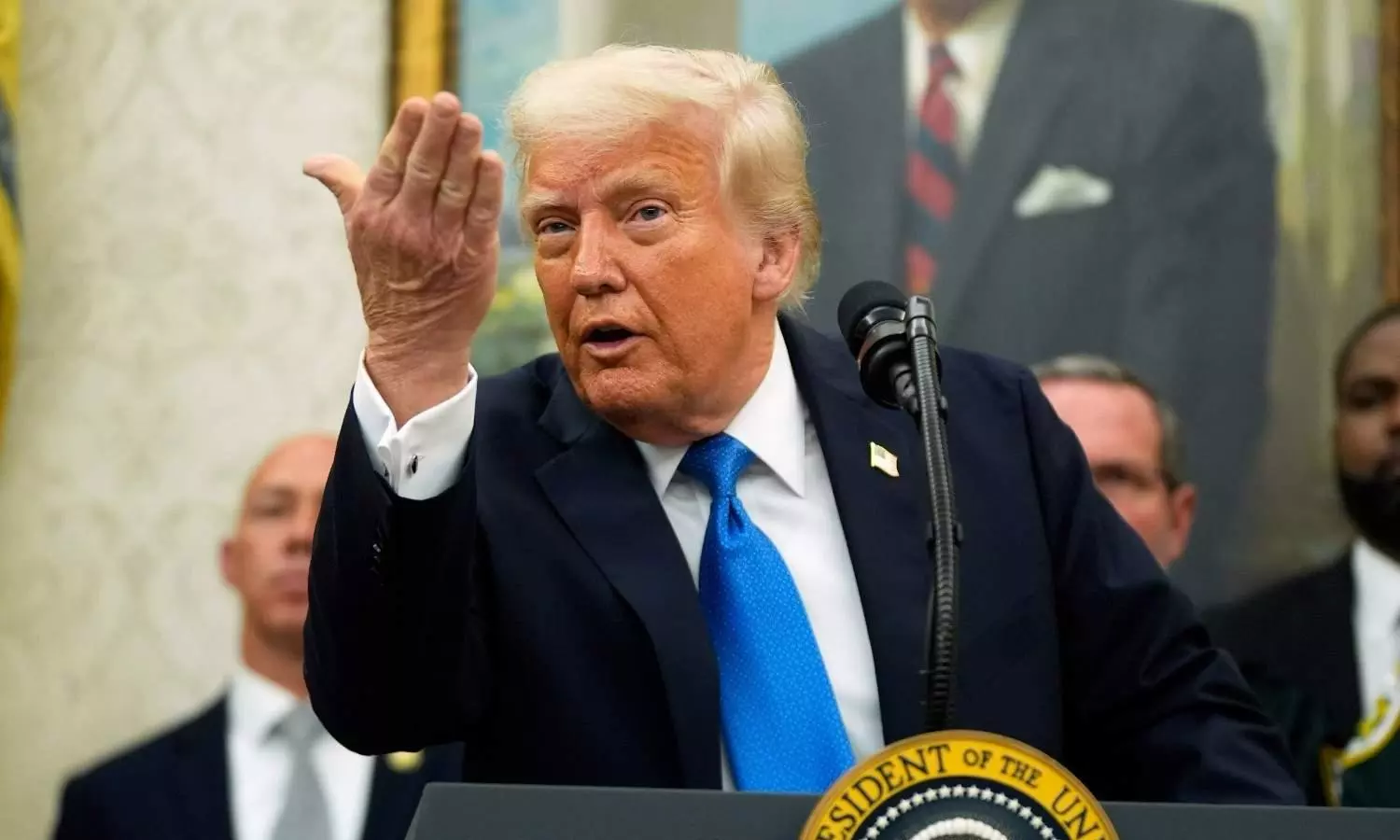
Trump publicly criticized India for its trade practices and its purchase of “a vast majority” of military equipment and energy resources from Russia, which he framed as supporting Russia's war efforts in Ukraine. He described India's economy as "dead" and disparaged its trade barriers as “most strenuous and obnoxious.” Additionally, Trump’s announcement included a plan to support Pakistan in developing its “massive” oil reserves via American firms and suggested India might have to source oil from Pakistan in future. This political and economic gesture to Pakistan, a historical rival of India, aggravated tensions further and cast doubts on the reliability of the U.S. as a strategic partner for India.
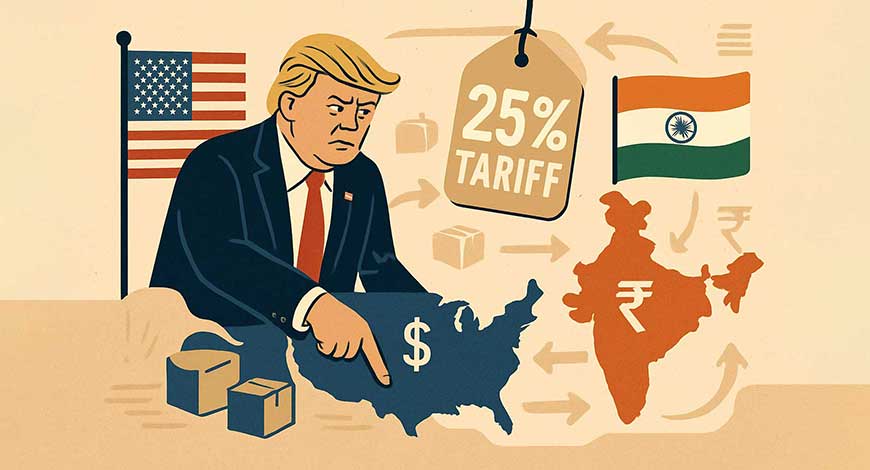
This sudden tariff imposition and harsh public criticism have caused concern among Indian economists, strategic experts, and policymakers. While some experts interpret Trump’s tariff move as a strategic maneuver designed to pressure India into a quicker agreement that aligns with U.S. demands, others view it as indicative of a growing frustration within American policy circles at India’s cautious approach to certain geopolitical issues and trade negotiations. India's ongoing oil imports from Russia, bought at prices below global rates despite Western sanctions, have been a central point of contention. The U.S. sees this as indirectly funding the Russian military advance, further complicating diplomatic engagement.
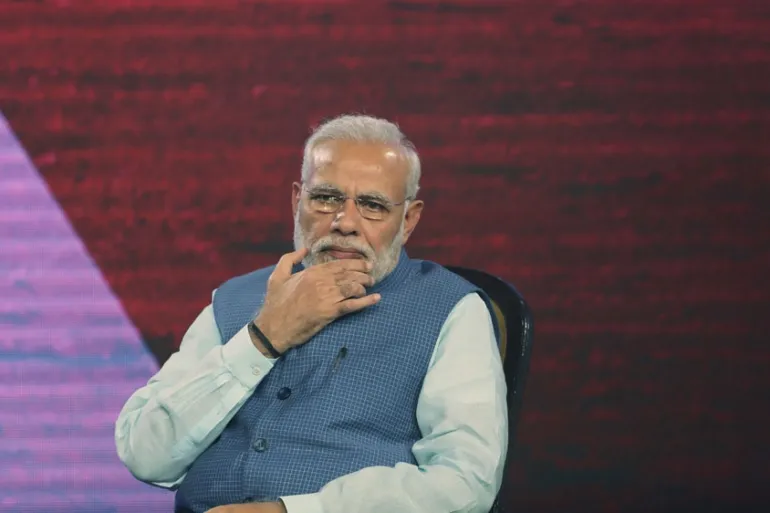
The larger picture reveals an India that has firmly maintained its stance on sovereignty and strategic autonomy. For example, India has rejected Trump’s offers to mediate in conflicts with Pakistan and China on multiple occasions, reaffirming its choice to manage these issues independently without outside interference. Despite Modi’s inclusive calls to strengthen ties, India has stuck to its principles even in the face of such harsh criticisms and punitive measures.
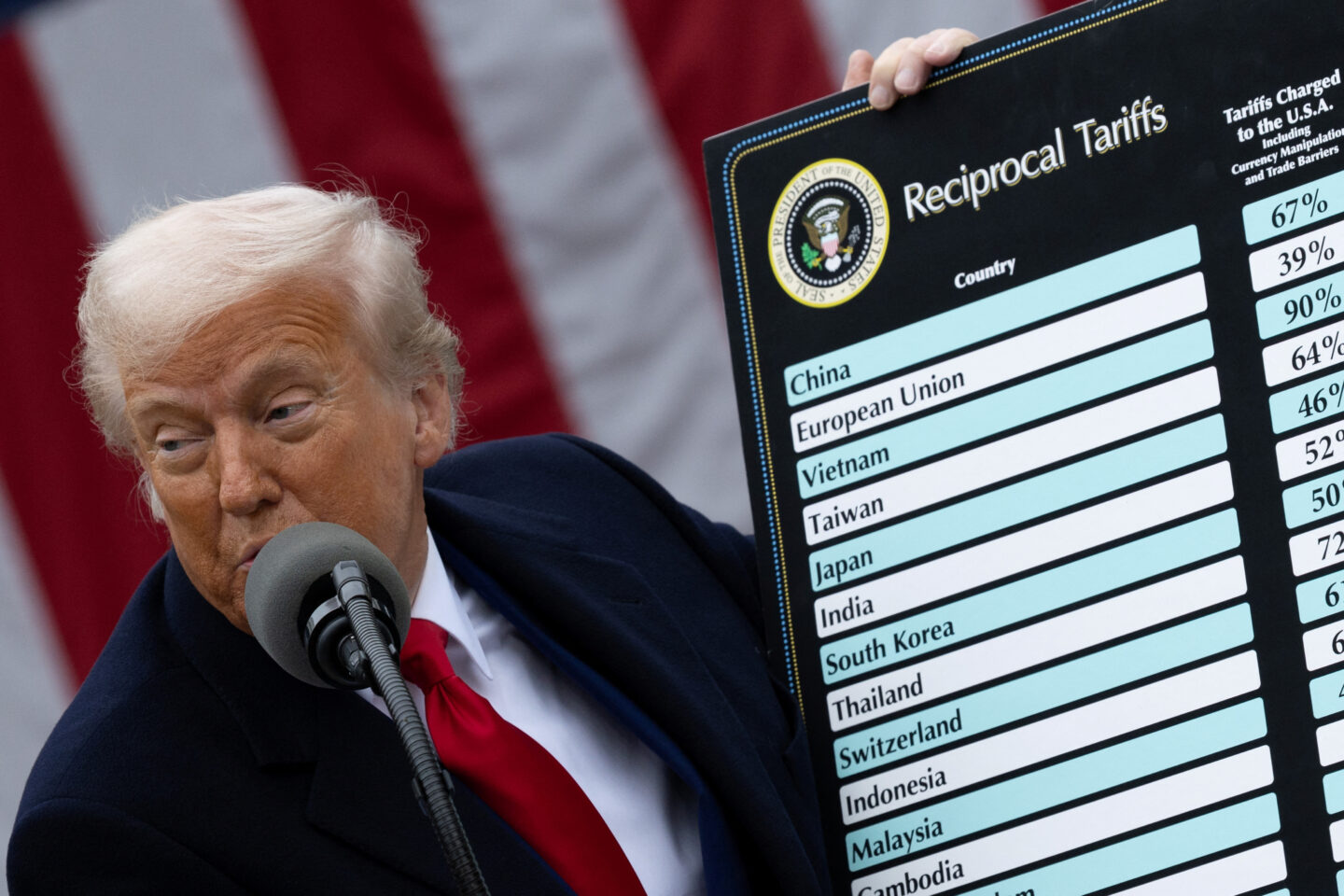
The imposition of tariffs represents a tangible setback for Indian exporters to the U.S. who face higher costs and decreased competitiveness, particularly in sectors like agriculture, textiles, and technology. The tariff risks affecting not only India’s export revenues but also its broader economic growth trajectory amidst already challenging global conditions. Indian economic leaders have expressed hope that the tariffs will be temporary and that renegotiations will lead to a mutually beneficial trade agreement. They stress India’s economic size, market potential, and competitiveness remain key strengths.
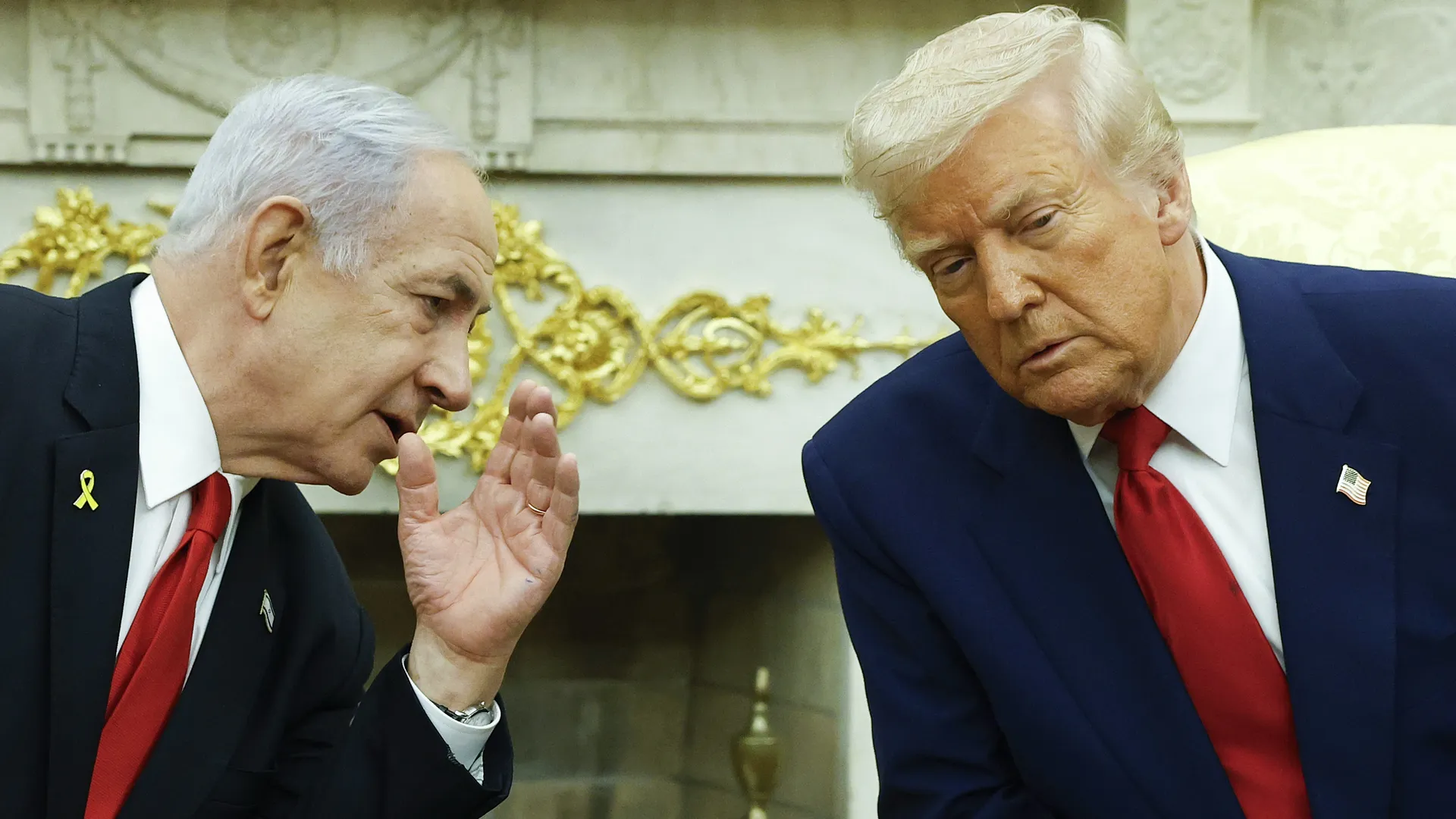
Furthermore, the political appeal in India of figures like Trump and Netanyahu arises partly because of perceived shared views on issues such as the handling of Muslim populations, which some segments of India’s populace support. However, this does not translate into automatic support for U.S. foreign policy decisions that impact India’s national interests. The reality of international diplomacy is complex, involving both cooperation and conflict, and alliances are often transactional.
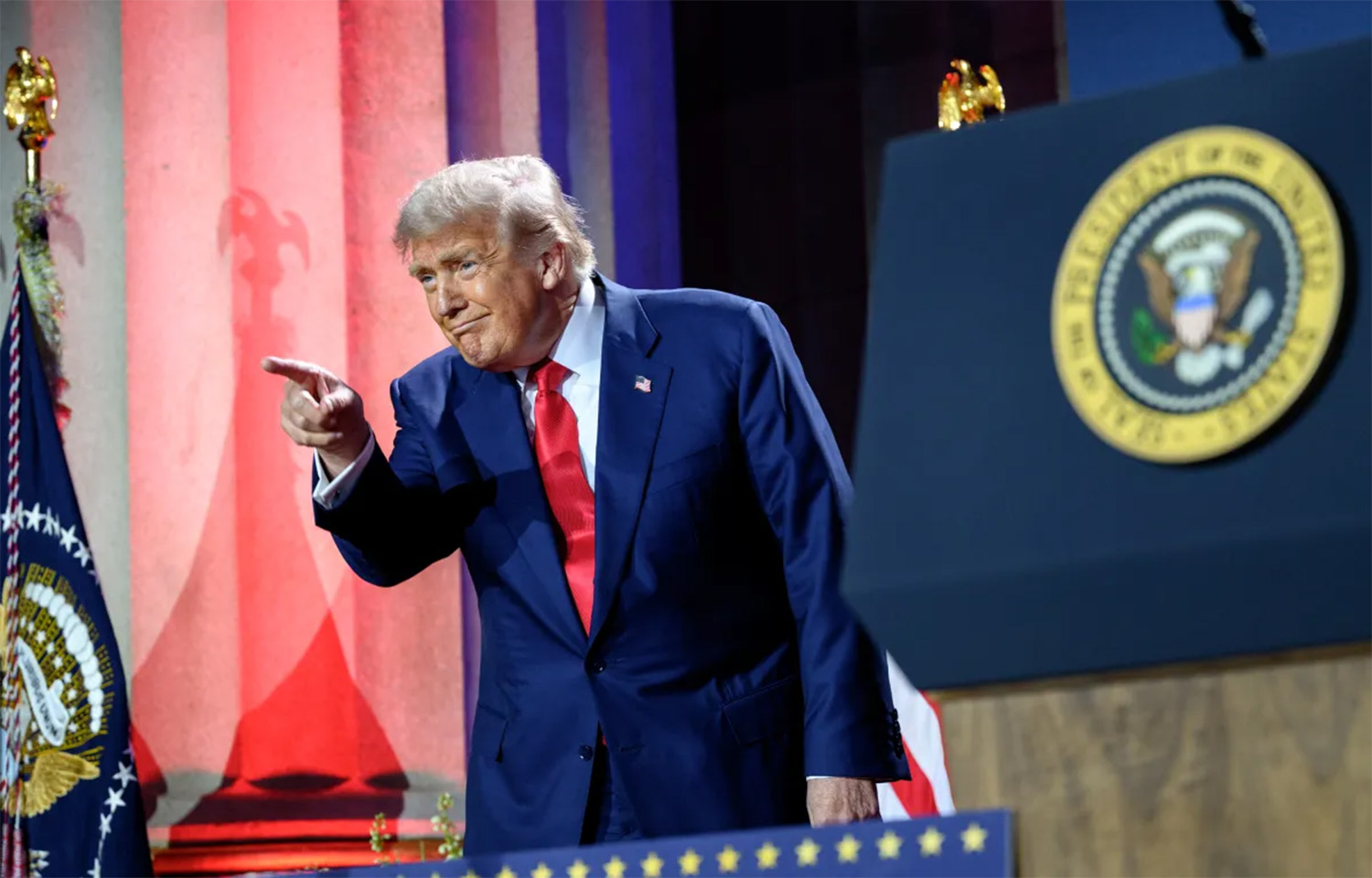
In retrospect, India’s decades-long efforts to build a productive relationship with the United States, featuring growing economic ties, defense partnerships, and strategic dialogues, have encountered serious challenges. Trump’s tariff imposition, public mockery of India’s economy, and overt courting of Pakistan for energy cooperation have forced India to reassess the reliability of the U.S. as a partner. Indian policymakers are increasingly aware that dependence on any single international partner carries risks and that India may need to diversify its strategic and economic relationships to safeguard national interests in a complex global order.
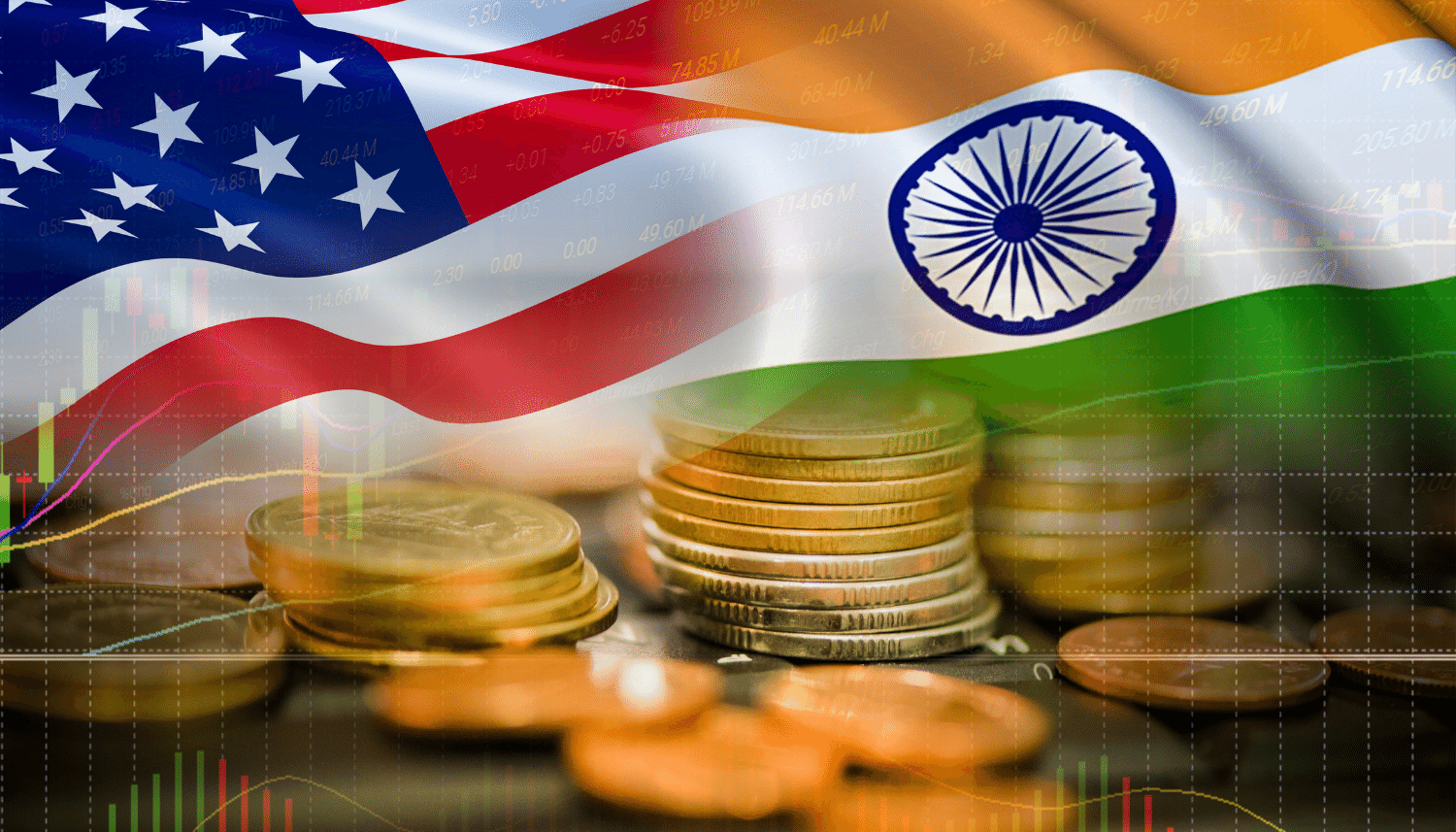
To summarize, the series of events culminating in the July 2025 tariff and Trump’s rhetoric reveal the fragility and complexity of India’s relationship with the United States in the current geopolitical context. Years of diplomacy and international engagement have not immunized India from the unpredictable shifts in U.S. foreign policy. The Indian government faces the challenge of balancing close ties with the U.S. against maintaining its strategic autonomy and protecting economic interests amid apparent U.S. dissatisfaction with Indian policies, particularly regarding Russia. How India navigates this period will shape its global positioning for years to come.
With inputs from agencies
Image Source: Multiple agencies
© Copyright 2025. All Rights Reserved. Powered by Vygr Media.

